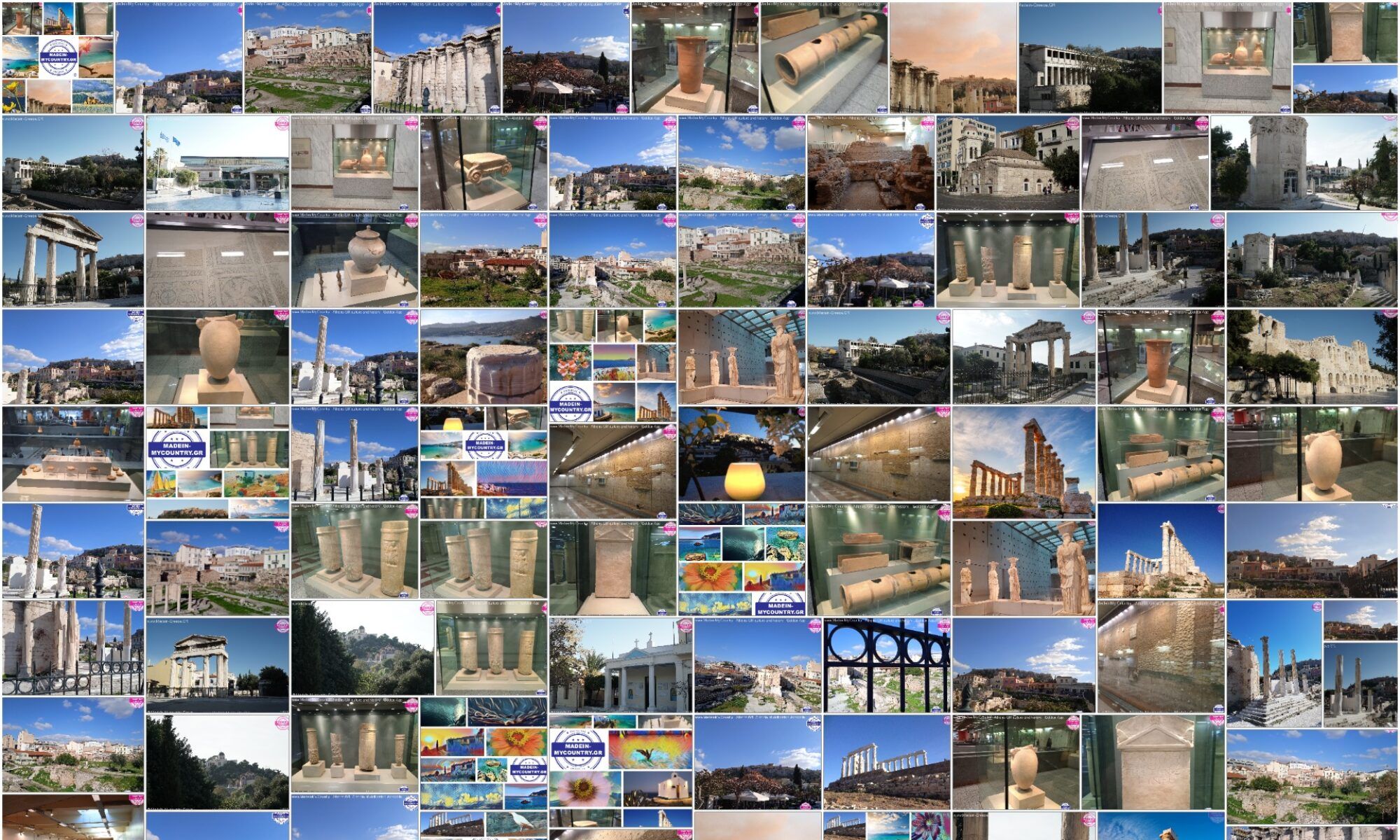Delightful Flavours from the Aegean Sea
Your journeys around the Aegean Sea and the islands you visit will steal your heart with their captivating local scents and delicious flavours. Welcome to the Aegean Sea’s world of taste: rich white or red sauces; tenderly cooked pulses; home-grown tasty vegetables traditionally grown on dry soil; bread and rusks with the robust flavour of the local wheat and barley varieties; and fresh goat cheeses, as filling to fluffy little pies wrapped in thin dough, are some of your options as you follow our gastronomic map of the area.

Main Ingredients: Sea & Sun
The Aegean Sea and Islands have been shaped by the sun, the sea and the invigorating winds. The local culinary traditions date back to ancient times and they are an intrinsic part of the Aegean Culture. Top quality ingredients wear the aromas of the earth: oregano, thyme, bay leaves, rosemary, lemons, and olive oil. Each island’s microclimate has contributed to the growth of flavourful produce, some of which are unique across the world.
Greens & Aromatic Plants
The Aegean landscape hides fragrant and tasty surprises to visitors who want to explore its rough barren hills and volcanic soil, its olive groves that grow on dry soil and its rocky shores. Savour boiled greens picked from the mountains, sprinkled with olive oil and lemon juice as a side dish to your grilled meat or fish dish. A large variety of aromatic plants and herbs, such as oregano, savory, marjoram and thyme flavour marinades and stews cooked in lemon sauce. Capers and crithmum (rock samphire) are two wild plants that thrive by the seashore and they make some excellent appetizers to enjoy with your tsipouro drink.

Fresh Fish & Seafood Appetizers
Fish can be cooked in various ways as long as you use your imagination… and in this department Greeks fare well. Small or medium sized fish are floured and fried in sizzling olive oil which turns them into crispy treats, sometimes served along with a tasty sourish marinade-sauce called ‘savoro’. To make this sauce locals use olive oil, quality vinegar, rosemary, and oregano – it’s the standard recipe on most of the islands.
On Tinos Island people add petimezi (grape molasses) to their food, which lends their creations a particular flavour. Other dishes you’ll love are: red mullets with a barley rusk crust on Mytilini, Lesvos Island; oven-baked fish with sesame paste (tachini) on Rhodes Island; chub mackerel with capers; grouper stew with onions; kakavia soup (made with rockfish); picarel omelette on Santorini and Syros Islands; a fish pie made with Mediterranean sand smelt on Kimolos Island; stuffed squid with rice or feta cheese, cuttlefish with fennel and olives, to name but a few…
Make sure you also taste some special mezedes (meaning titbits) with your tsipouro or ouzo drink, such as salt-cured sardines from Mytilini, grilled sun-dried chub mackerel (gouna) from Paros Island, a salad with herring roe from Syros Island, marinated anchovies and salt-cured tuna.

Shellfish
Delicious summer teasers!
With the thousands dispersed islands, the deep blue clear seas, and the innumerable leeward bays, Greece is the ideal place for hundreds of shelfish to be found in abundance. Hundreds of species of shellfish reside in the Greek seas. No matter what the geographical variation of their names is, they keep the aromas of the sea well enclosed in their tiny bodies.
Mussels, with their black lustrous colour and the hair between the two shells, are usually attached on rocks in shallow waters. Oysters are stunning like scarlet gems with an iodine scent. Scallops are well-known for their brackish taste and their tender heart well protected by the hard shell.
Pen shells stand on the bottom of the sea – sometimes ajar- on the alert for capturing their food; their allies are two little shrimps that bite their tender parts whenever there is enemy at the gates. With a taste reminiscent of oyster, there are the red and sharp arca shells. Thorny sea urchins encompass gold and red eggs. Sea figs resemble hairy stones in a dark khaki tone. Clams shine in their brownish shell which keeps their skin juicy and delicious.

The sea on your table
Raw or cooked, shellfish reach the top of their taste potential when served with lemon. Here are our suggestions:
- Mussels: hot with just a drop of olive oil; fried with feta, oregano and other spices; in souvlaki; in a mussel pilaf.
- Clams, oysters, sea figs and arca shells are best when eaten raw with lemon.
- Pen shells: when fried they taste like crabs.
- Sea urchins provide irresistible delicious salads with a strong sea aroma.
- Scallops are wonderful whether grilled, fried, or cooked with pasta on a tomato sauce.
Gastronomy
Diving into omega-3’s
Rich in polyunsaturated omega-3 fatty acids, shellfish armour health as they prevent from heart diseases and hypertension, they reduce the effects of diabetes, and they stimulate your libido. What is more, they contain proteins, calcium, phosphorous, iodine, and low-calorie carbohydrates.

Tips for shellfish lovers
Opening a shellfish is a small adventure. The easiest way is to put a knife at the slit between the two shells and twist it softly. Then detach the skin. When it comes to sea urchins, use a knife to open its mouth.
https://www.visitgreece.gr
Greek islands, Cyprus Aegean seafood cuisine
The Aegean sea of Greece (Hellas), Cyprus and the Greek islands!! MadeinMycountry is a global platform that celebrates and supports local history, culture, art, and nature conservation efforts.

#MadeinmycountryGR,#MadeinMycountry,#MadeinGreece,#Greece,#Hellas,#Aegean,#Cyprus,#GreekIslands,#MacedoniaGR,#ItisMadeinMycountry,#MadeinMycountryCY,#Culture,#GreekCulture,#GreekHeritage,#GreekNature,#BestofGreece,#FeelthebestofGR,#Limassol,#Creta,#Mykonos,#Santorini,#Nature,#TourAegean,#TurAegean,#GreekAegean,#AegeanSea,#GreekIslands,#GreekIslandParadise,#Seafood,#MeditearreneanCuisine,#GreekIslandSeafood,#GreeceCyprusSeafood,#AegeanSeaSeafood,#MadeinGreeceCyprus,#LocalSeafood,#LocalCuisine,#GreekIslandCuisine,#GreeceCyprusAegeanIslands








